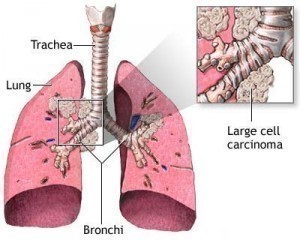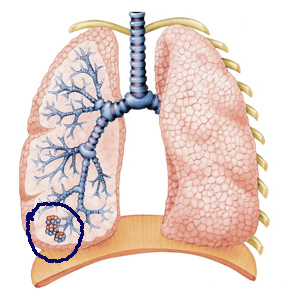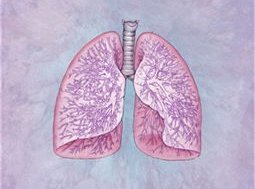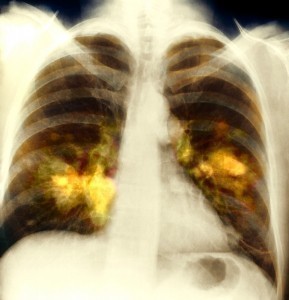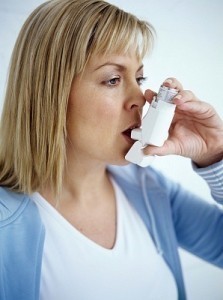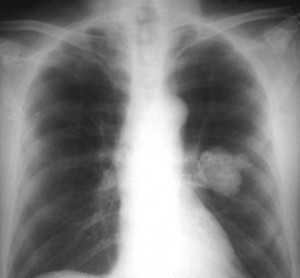Walking Pneumonia Symptoms
There are many types of pneumonia and its milder form is termed as walking pneumonia. The walking pneumonia symptoms are milder and do not require one for a best rest. Those commonly affected with walking pneumonia symptoms are children and young adults between the ages of 5 and 16.
The symptoms experienced in walking pneumonia is caused by viral or bacterial infection due to an organism called mycoplasma pneumoniae or may sometimes be brought about by harmful chemical substances. The condition may often mimic the symptoms of flu which makes an unsuspecting person that they have a mild and minor case of pneumonia already.
Signs of Walking Pneumonia Symptoms
Recognition of the common signs of walking pneumonia symptoms is important as walking pneumonia can progress to a major pneumonia condition from its minor to major stage. Prevention and treatment are necessary in order to spare one from sustaining the potential progression of their condition to a more major form of pneumonia that requires intensive treatment and rest.
The cardinal walking pneumonia symptoms are one representing as dry cough that gets worse at night. Oftentimes at the early stage of walking pneumonia symptoms it can be easily mistaken as a simple case of cough or flu. However the person will eventually experience other mild walking pneumonia symptoms such as chills, lethargy, weakness, mild to severe headaches, runny nose, sore throat, cough, painful eyes, ears and muscles and fatigue.
It is also common to experience shortness of breath or breathing difficulty as part of walking pneumonia symptom. It is often characterized by either shallow or rapid breathing. General body weakness is also a common major walking pneumonia symptom accompanied with rapid heart beat.
The major symptoms of walking pneumonia often becomes evident during the next 3 weeks of initial symptoms after it undergone its incubation period. Major walking pneumonia symptoms are typically accompanied by fatigue and general malaise.
Diagnosis for Walking Pneumonia Symptoms
The diagnosis for walking pneumonia symptoms are based according to the reported patterns of signs and symptoms. An x-ray is a helpful tool in diagnosing the condition. Sometimes culture is requested however many physicians find it impractical since it may take weeks to months to obtain the result. Cold agglutinin test, Mycoplasma pneumonia antibody and complement fixing antibody tests are among the other diagnostic tools used to determine the walking pneumonia symptoms.
Treatment for Walking Pneumonia Symptoms
Although walking pneumonia symptoms do not require bed rest and extensive treatment, its symptoms can pose annoying effects. Antibiotics are the first line of treatment against the annoying walking pneumonia symptoms. This includes erythromycin, clarithromycin, azithromycin and tetracycline.
The course of treatment is determined by the patterns and extent of the patient’s manifested symptoms. In major cases when the symptoms are quite severe, the doctor may prescribe advanced treatment of intravenous antibiotics.
It is also important to note that the walking pneumonia symptoms can be contagious. Extra precautionary measures must also be observed in order to avoid its spread especially inside the household. Immediate consultation will spare its spread and progression into a more severe illness.
